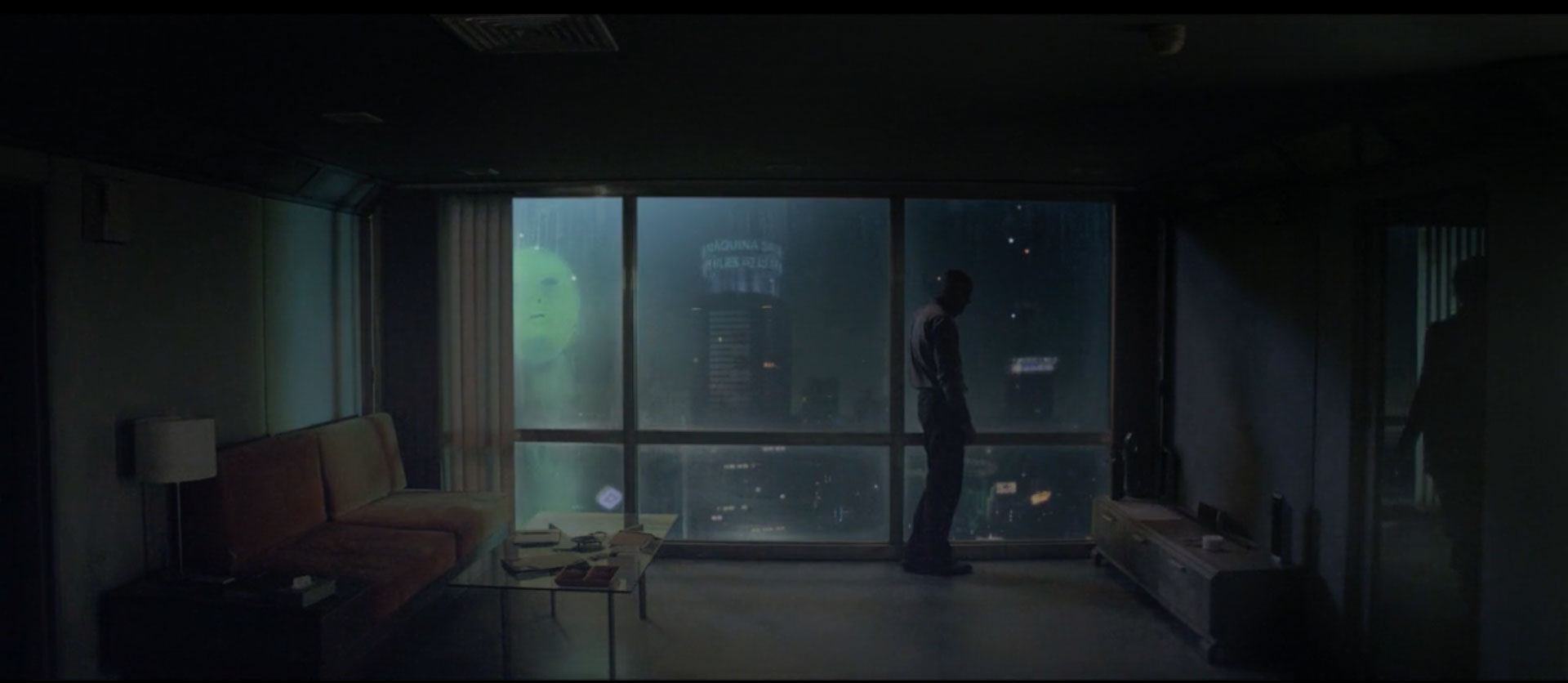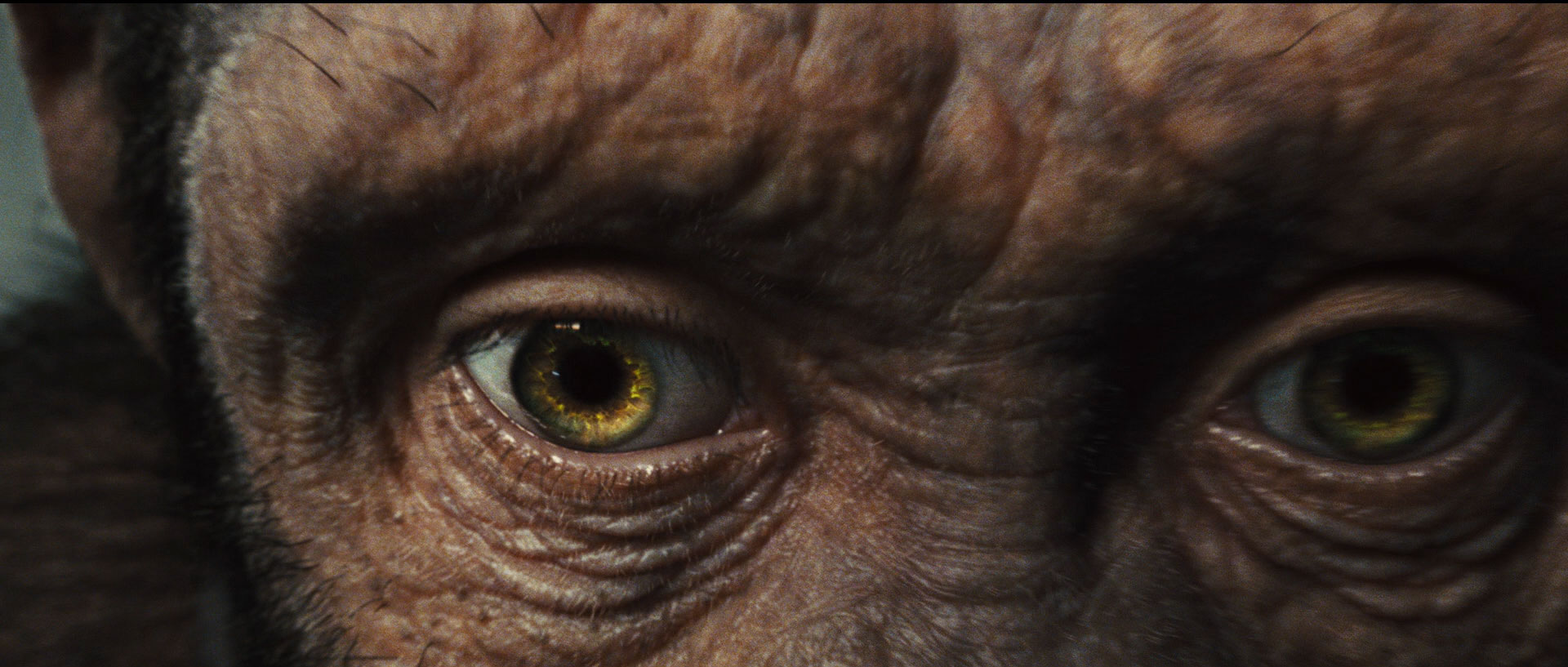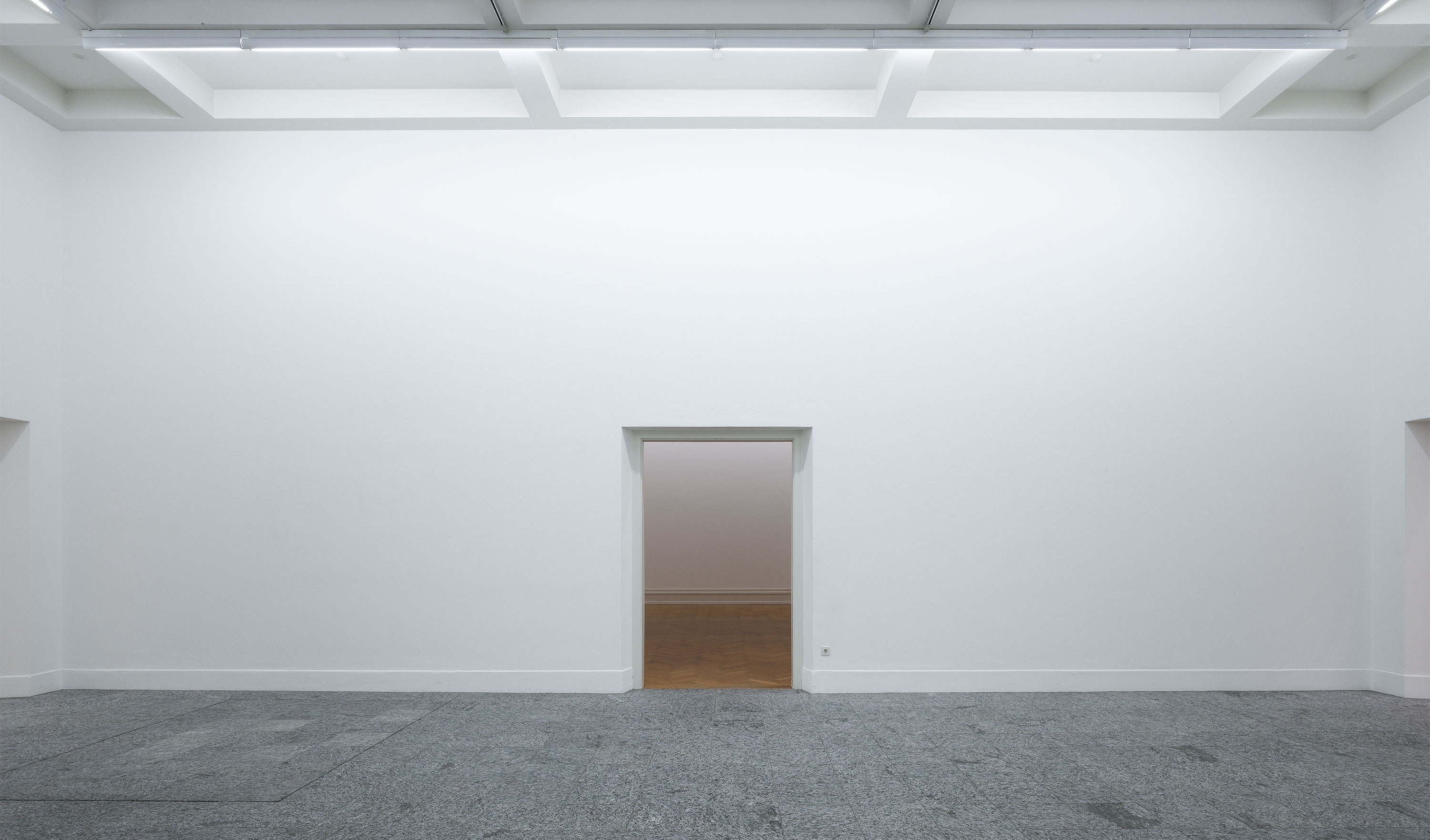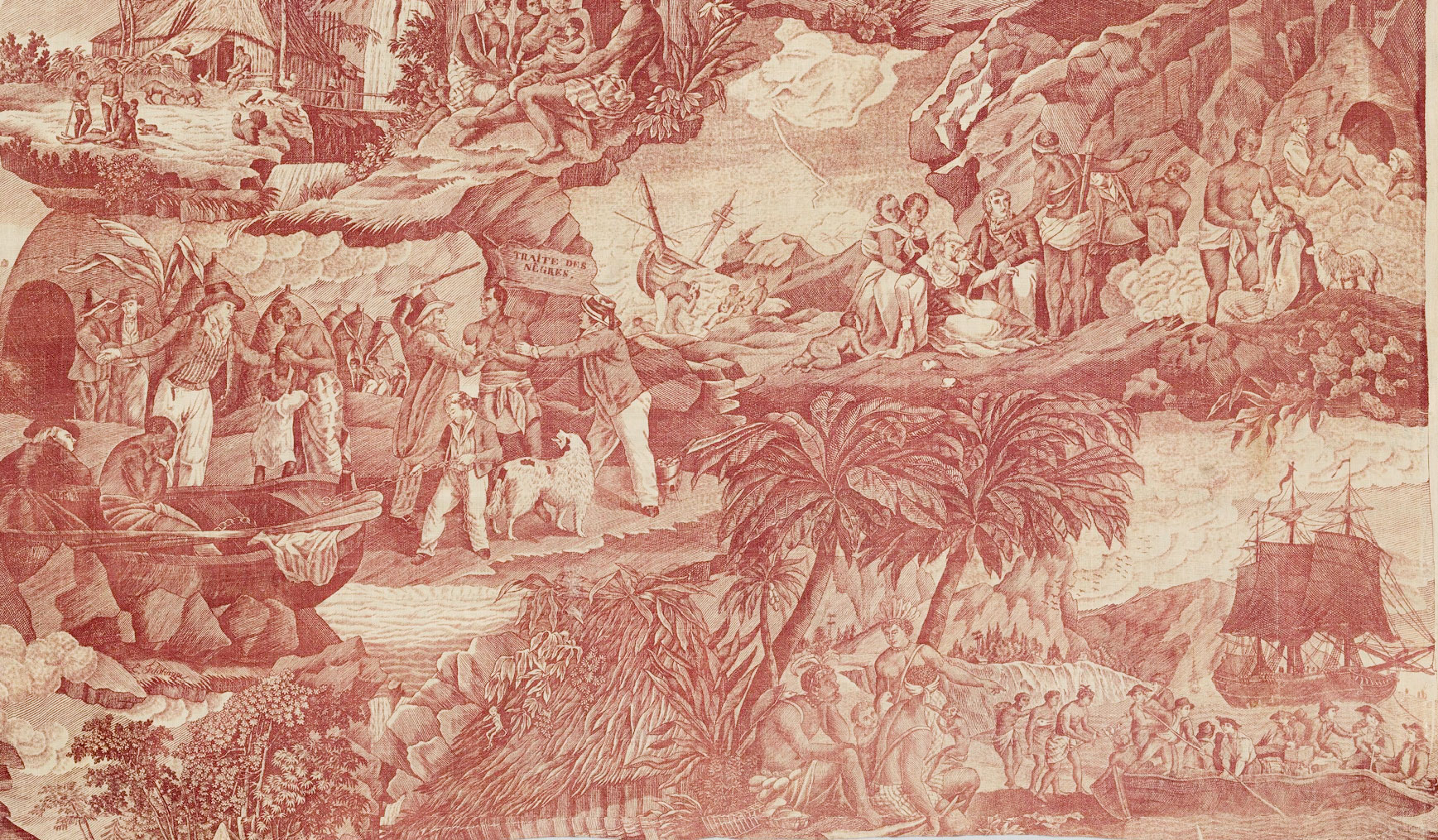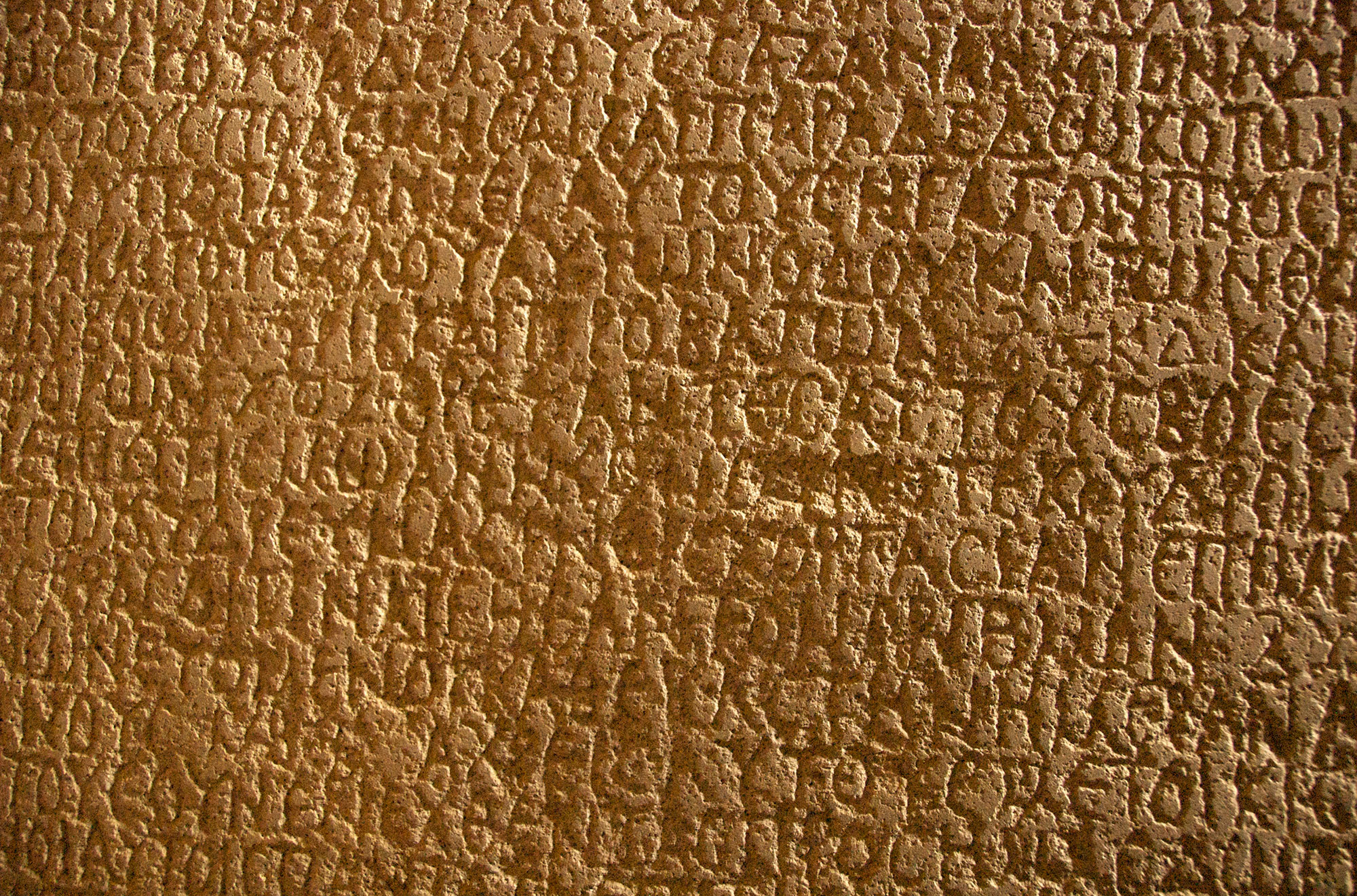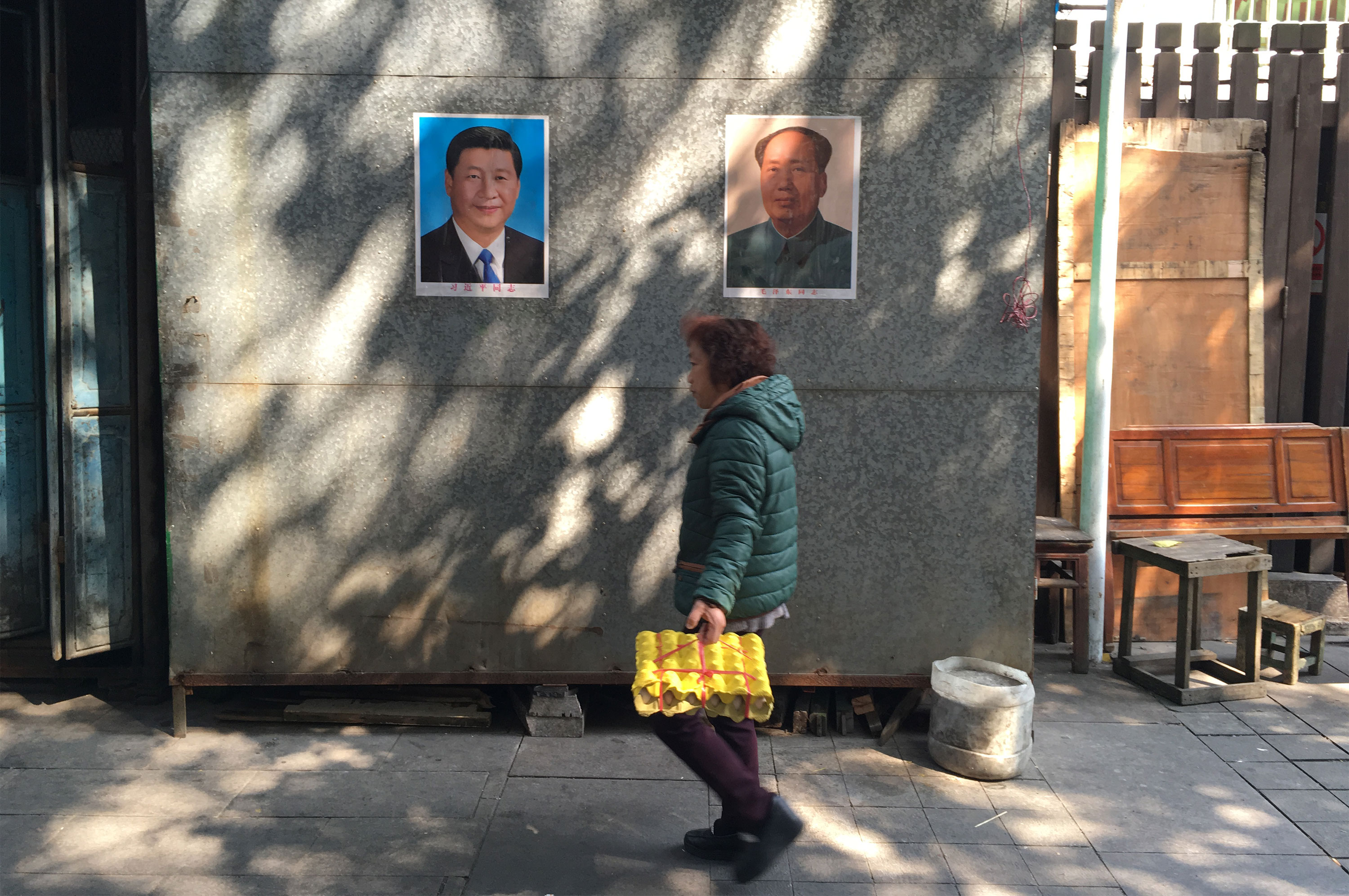His goal is to bring about a transition from the masculine Aeon of Horus to a new age—an age presided over by qualities imputed to the female demon: fire, blood, the unconscious; a material, sexual drive and a paradoxical knowledge beyond sense … the wages of which are nothing less than the ego-identity of Man—the end, effectively, of “his” world. Her cipher in the Cult of Ma’at is 0, and she appears in the major arcana of the Thoth Tarot entangled with the Beast as Lust, to which is attributed the serpent’s letter ט, and thereby the number 9. In her guise as harlot, it is said that Babalon is bound to “yield herself up to everything that liveth,” but it is by means of this very yielding (“subduing the strength” of those with whom she lies via the prescribed passivity of this role) that her devastating power is activated: “Because she hath made her self the servant of each, therefore is she become the mistress of all. Not as yet canst thou comprehend her glory.”
The plantation regime and, later, the colonial regime presented a problem by making race a principle of the exercise of power, a rule of sociability, and a mechanism for training people in behaviors aimed at the growth of economic profitability. Modern ideas of liberty, equality, and democracy are, from this point of view, historically inseparable from the reality of slavery. It was in the Caribbean, specifically on the small island of Barbados, that the reality took shape for the first time before spreading to the English colonies of North America. There, racial domination would survive almost all historical moments: the revolution in the eighteenth century, the Civil War and Reconstruction in the nineteenth, and even the great struggles for civil rights a century later. Revolution carried out in the name of liberty and equality accommodated itself quite well to the practice of slavery and racial segregation.
Young artists, novel and appealing, are quickly drawn into the art system. Frequently they enjoy an extended honeymoon period of being viewed, supported, consumed, discussed, and described. Meanwhile, artists who have been working since the 1970s and ‘80s are highlighted as part of a particular art movement, even being lauded as the movements’ leading or representative figures, gaining the affirmation of the art system. These older artists have been brought into international exhibitions that focus on presenting Chinese art, and have been the center of attention for collectors and the art market. However, after so many years, their work remains undescribed in terms of its art-historical relevance.

